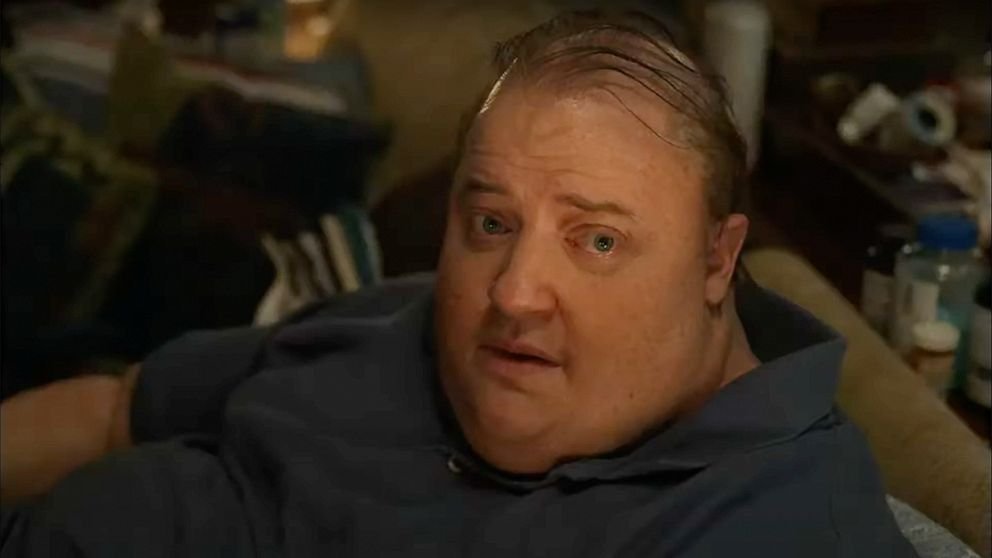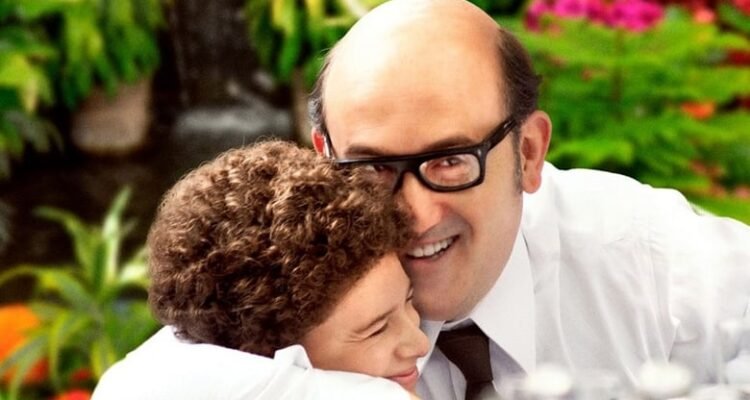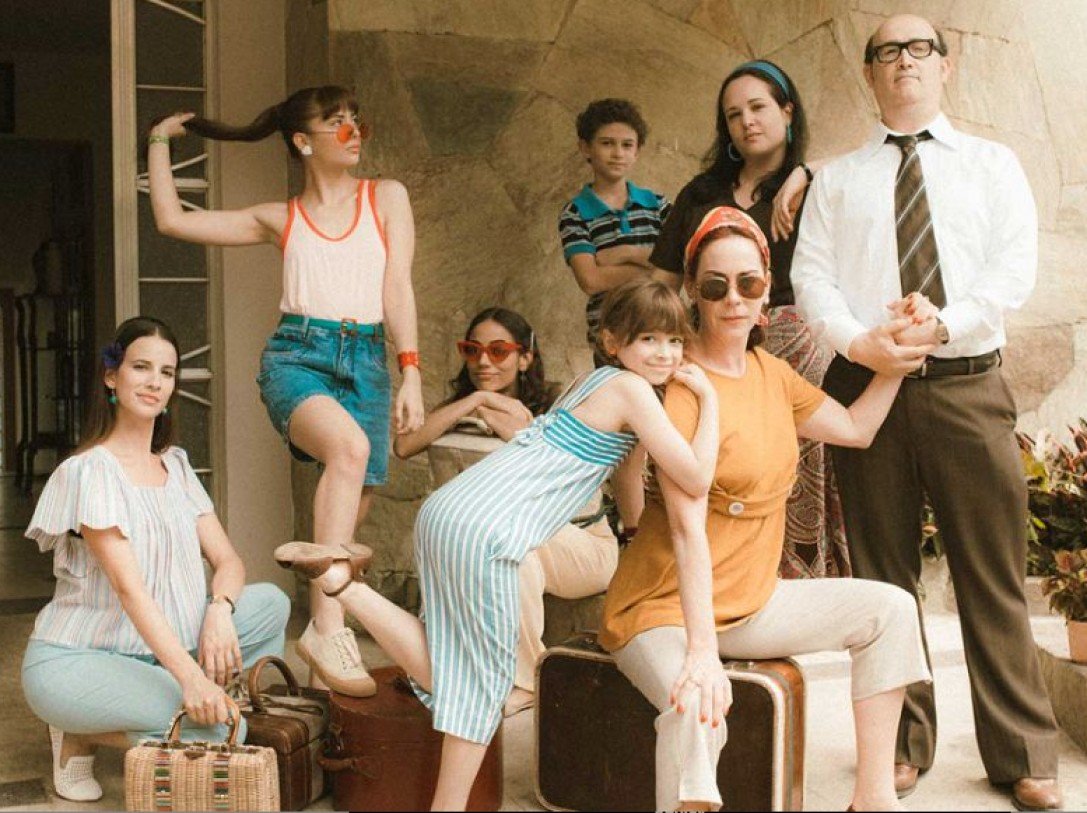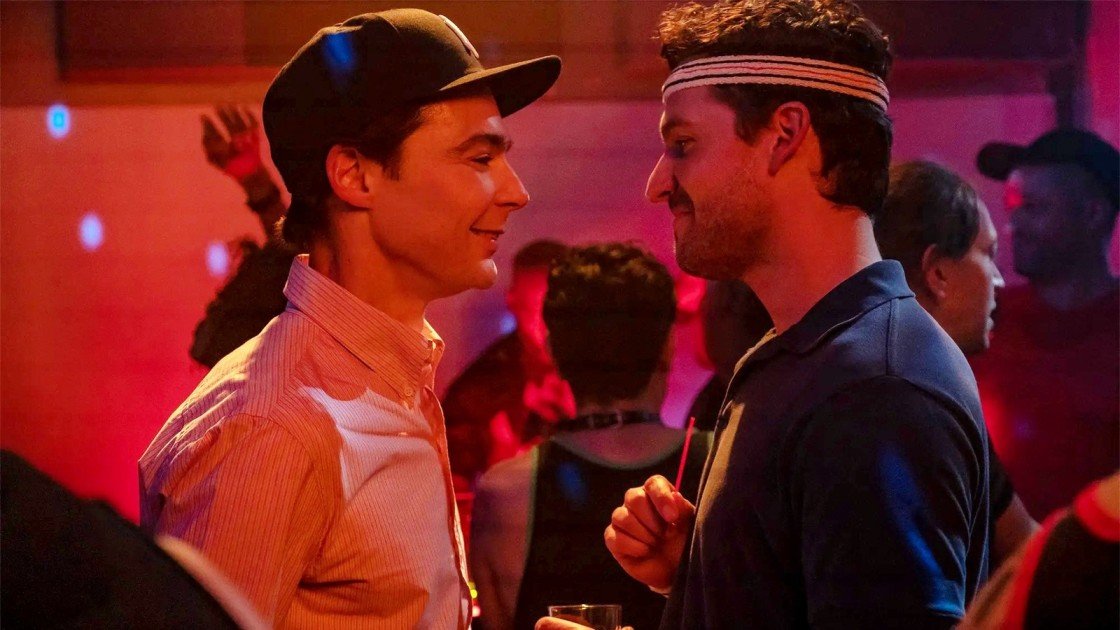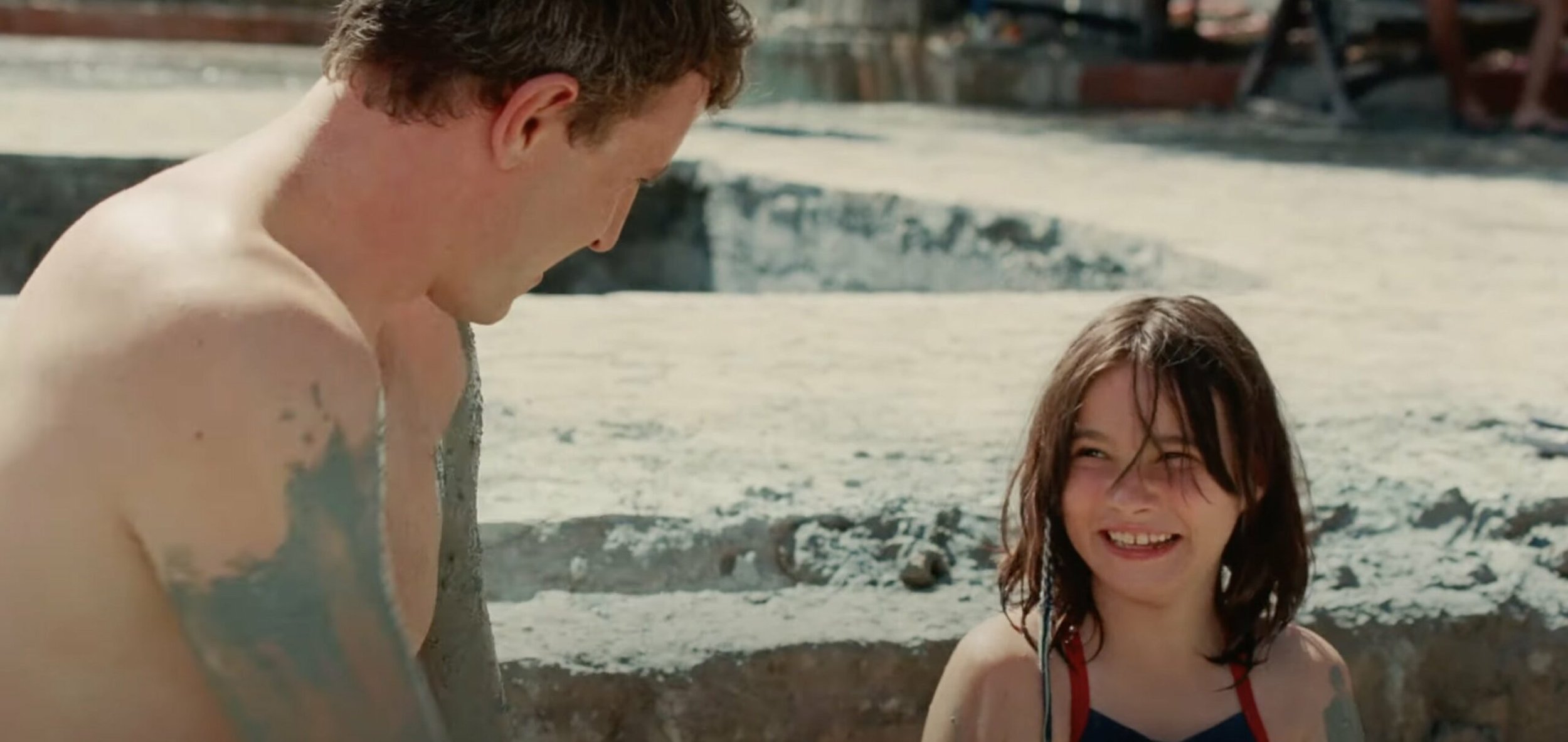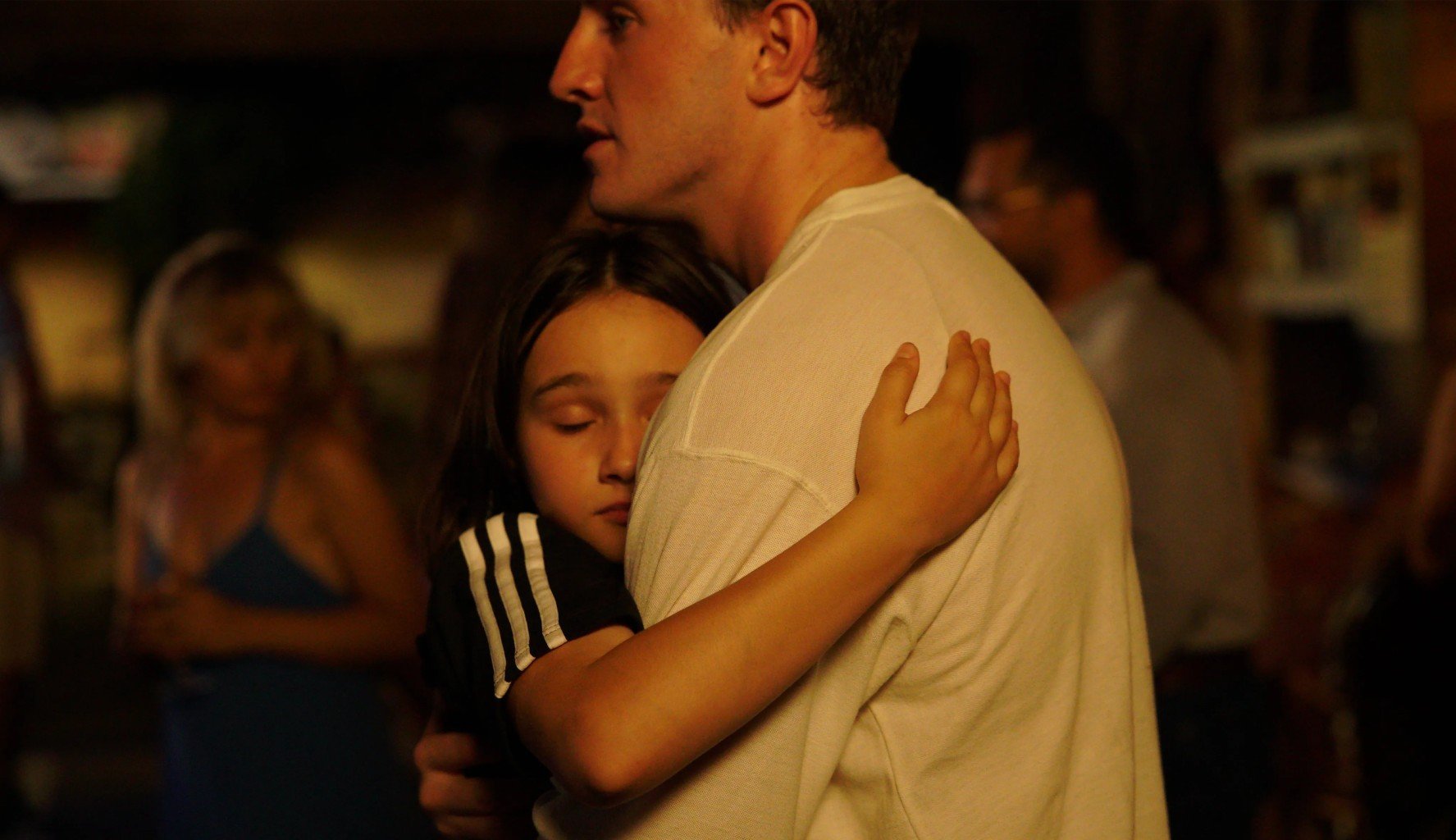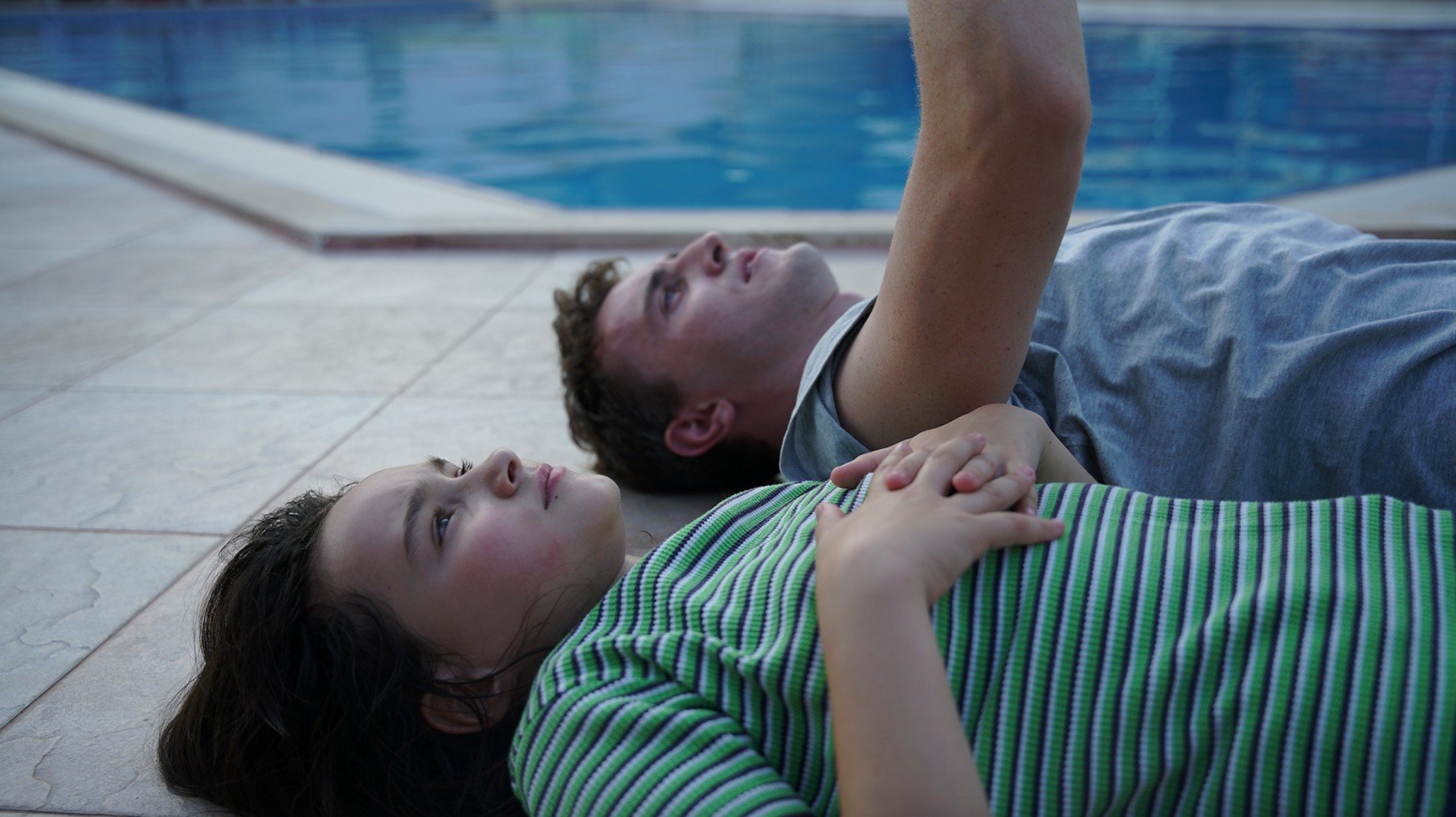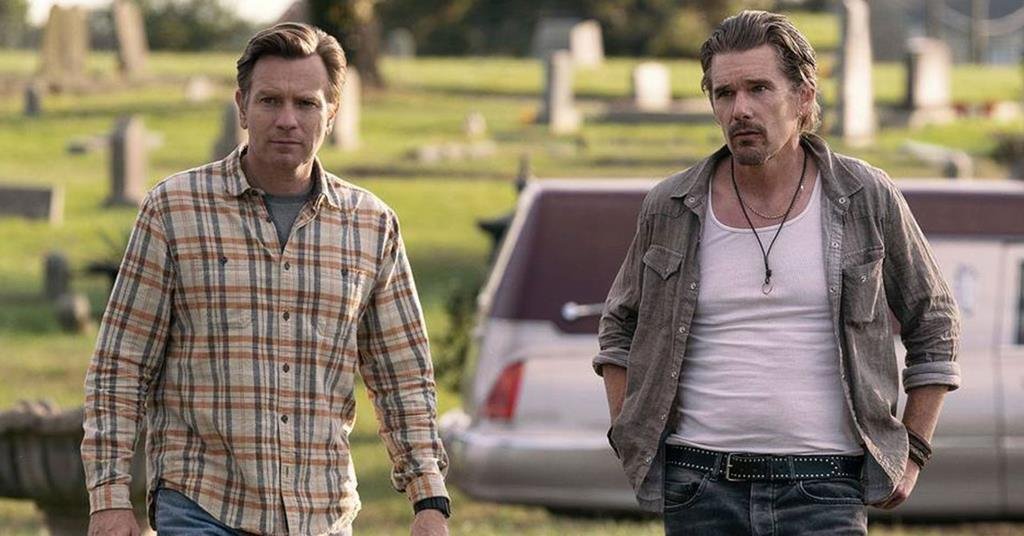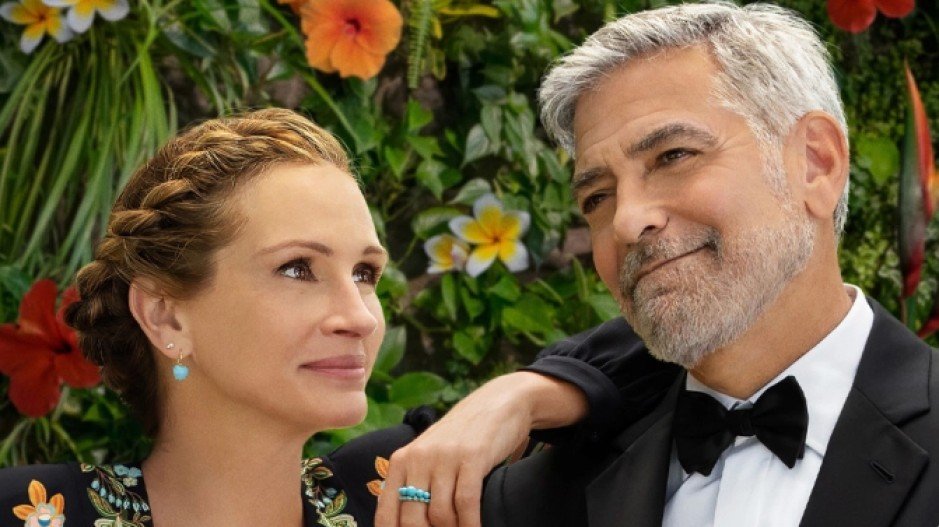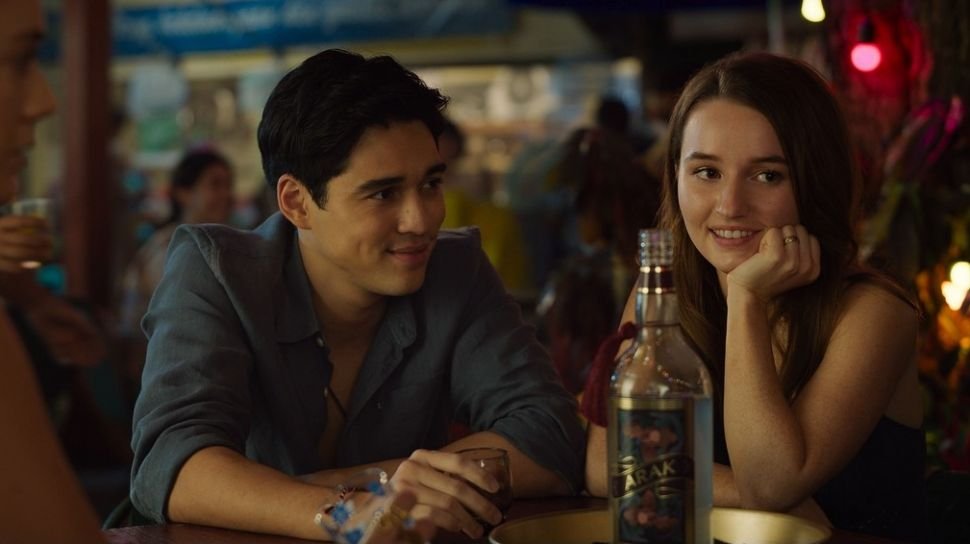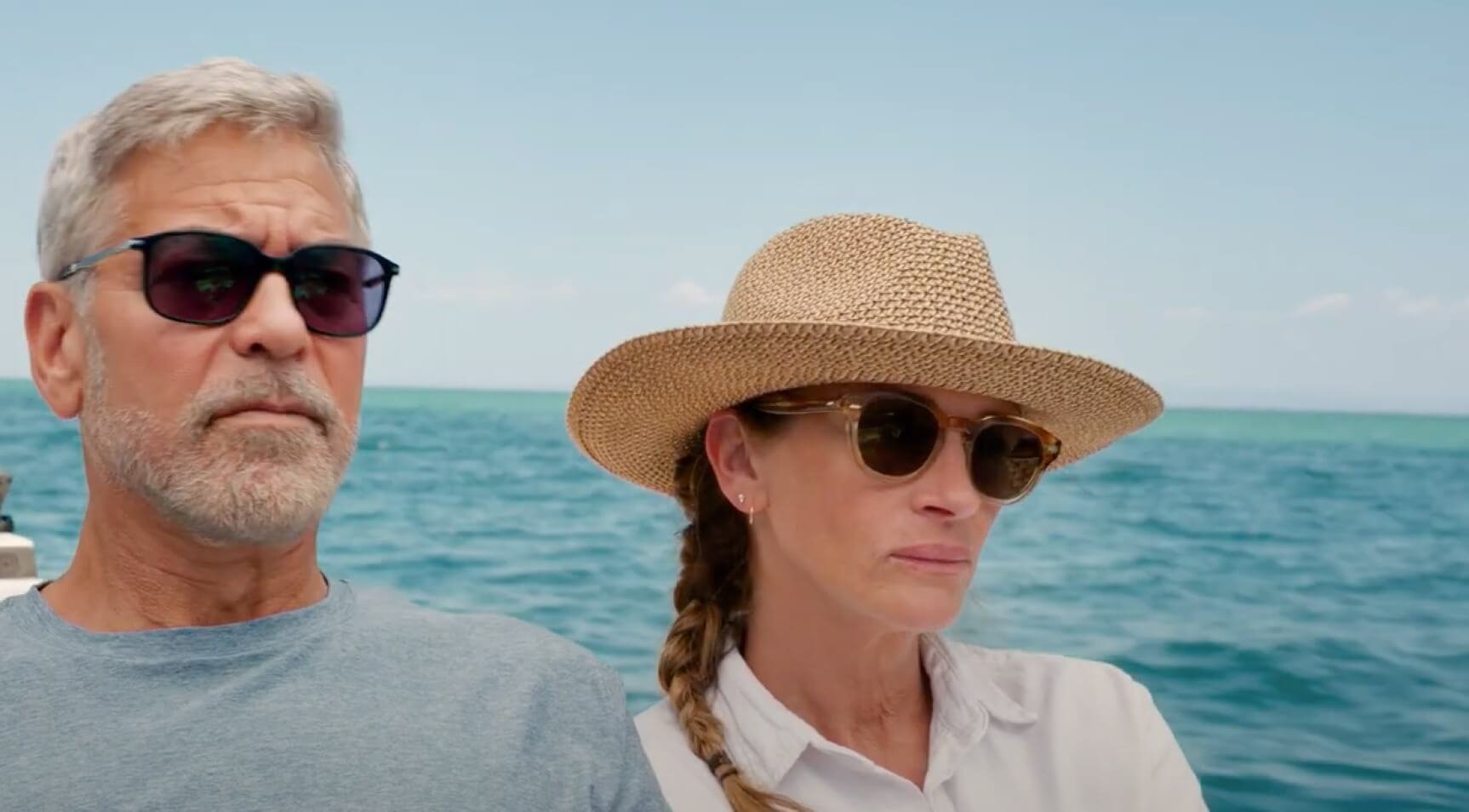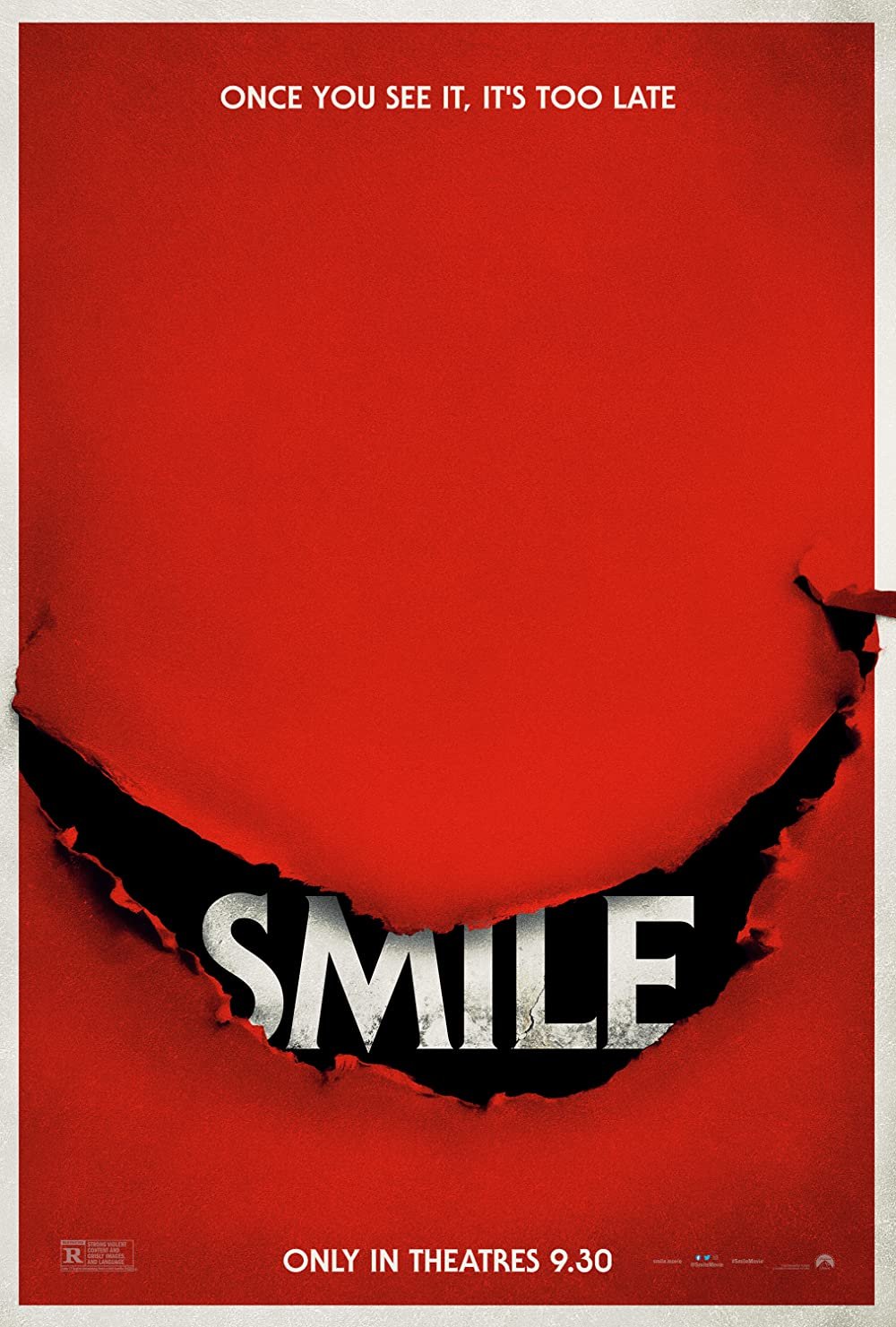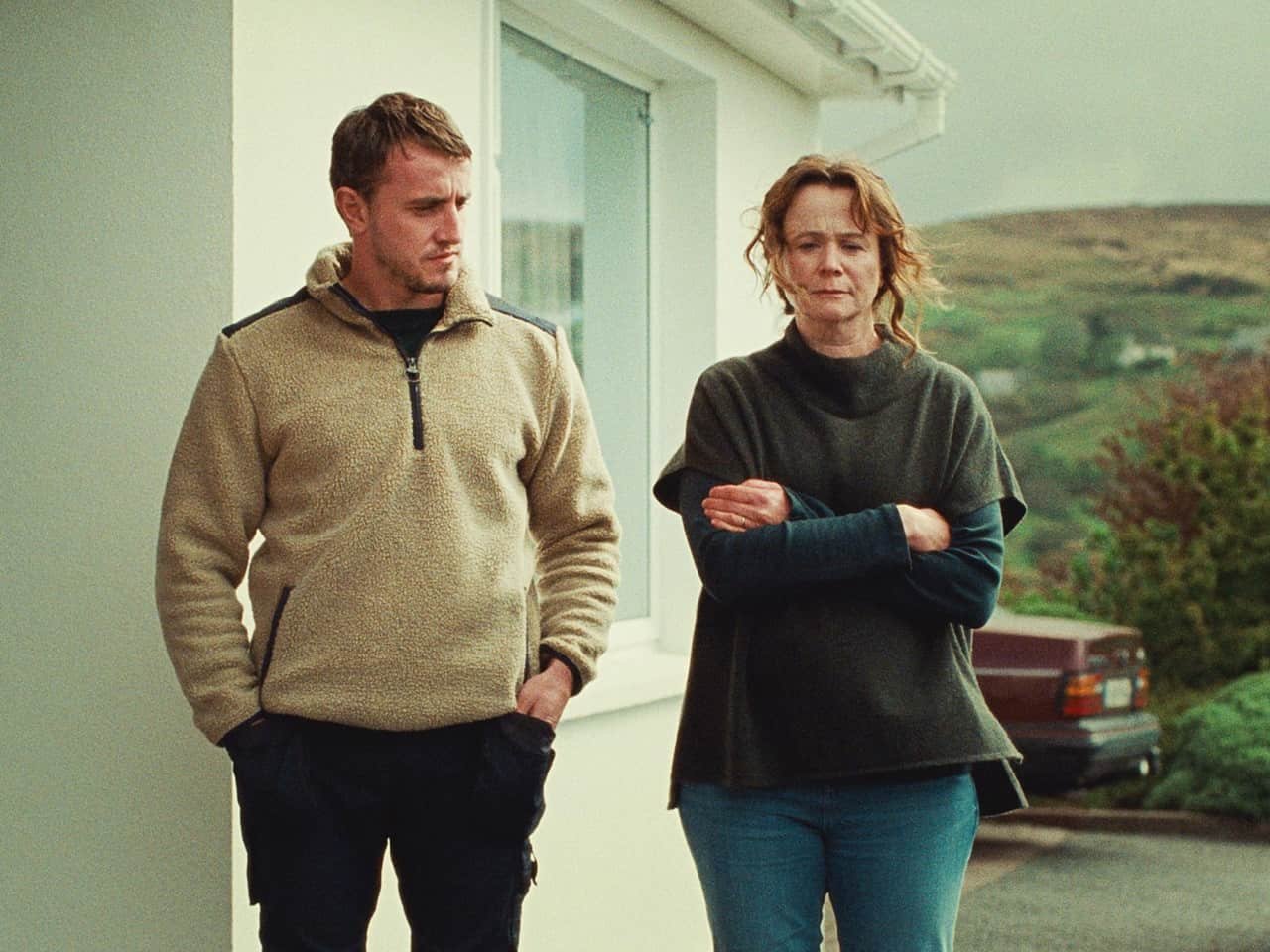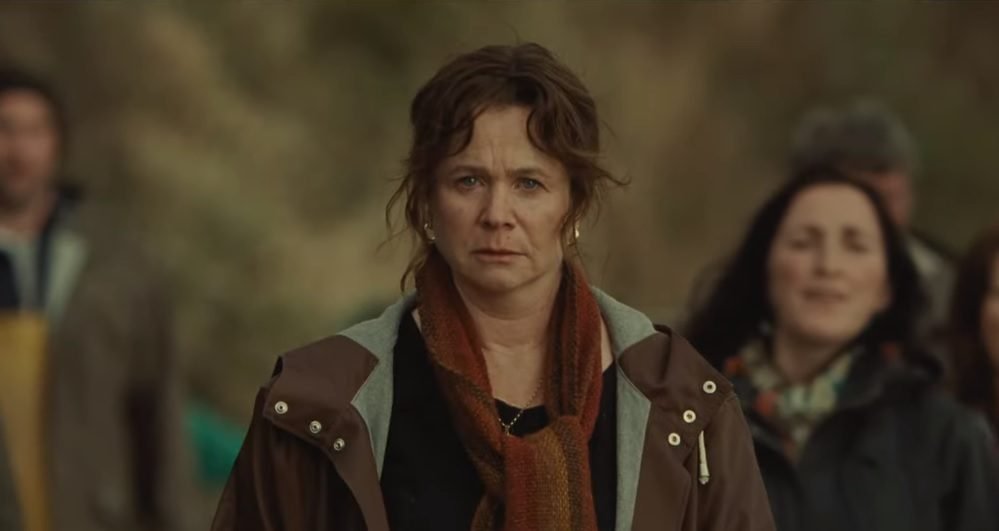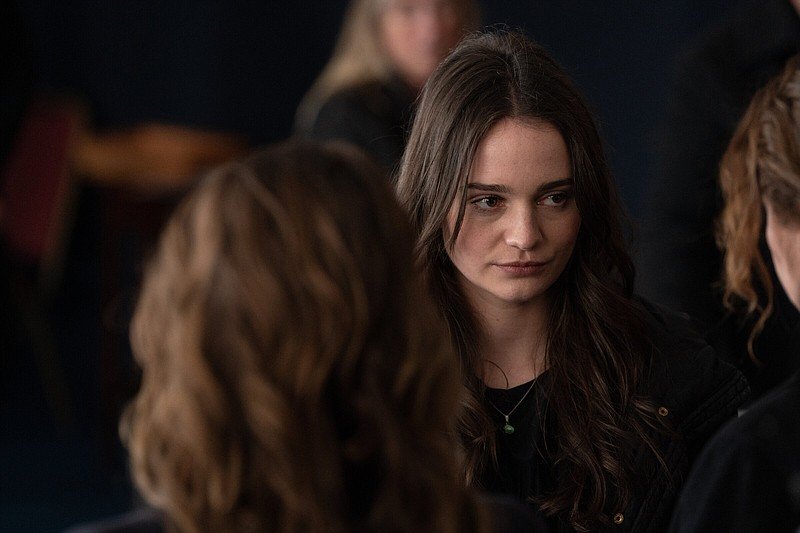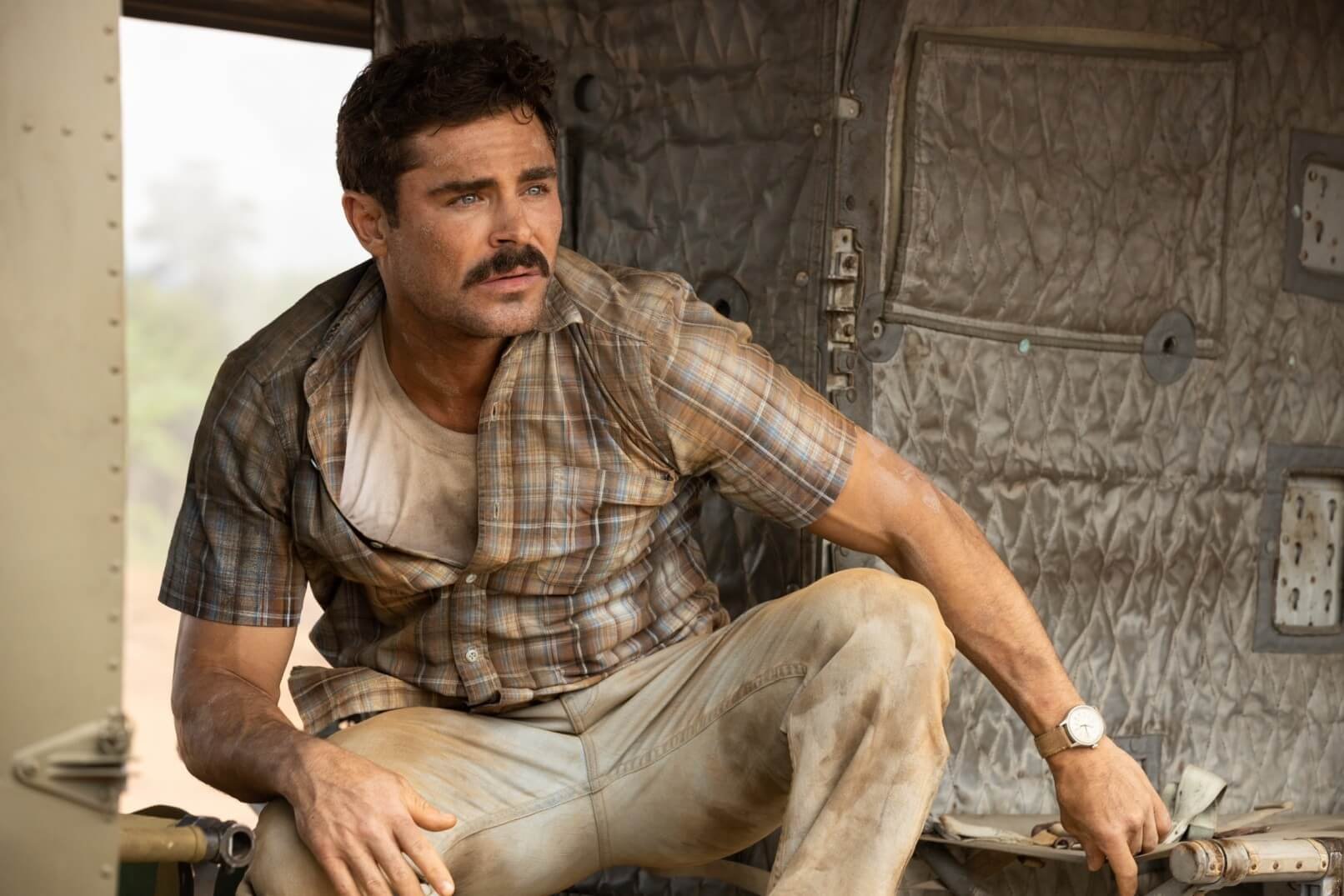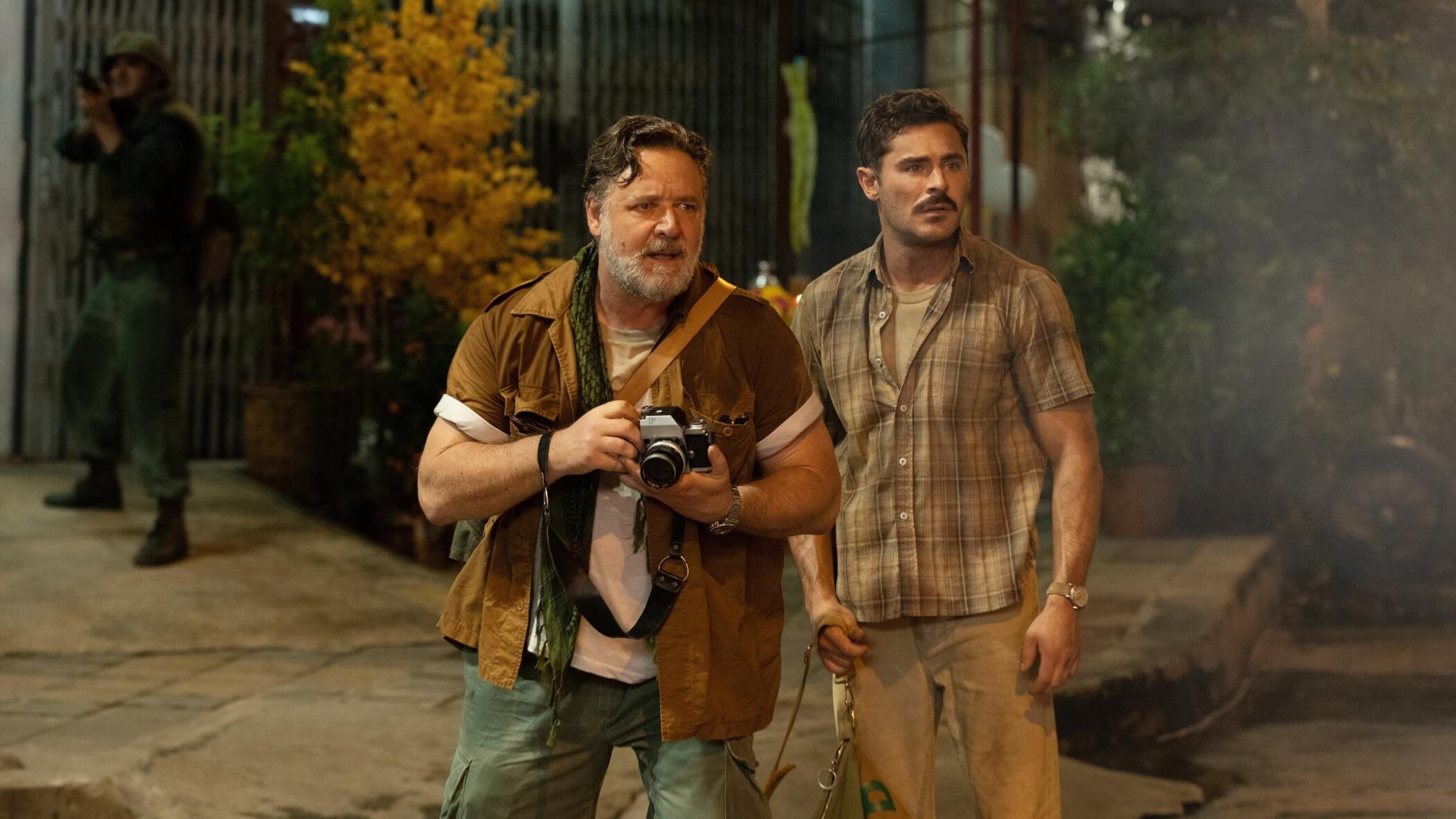10. Top Gun: Maverick
"Top Gun: Maverick" is a sequel, but it feels more like a reboot. From a story perspective, the framework is similar, in some ways identical, to the original film. Scenes feel pulled from the 1986 movie, updated with new faces, and reintroduced for modern times. The action is exceptional throughout the film, with most scenes featuring the actual actors twisting, turning, and being placed in situations with the immense forces exerted on their bodies. It's exciting filmmaking, adding another element to blur the lines between the special visual effects and reality. "Top Gun: Maverick," with its purposeful nostalgic callbacks and familiar storytelling design, is a delightful movie.
9. RRR
The staggering three-hour and seven-minute runtime of director S.S. Rajamouli's "RRR" is nothing short of epic. A feast of intoxicating imagery, a spectacle of over-the-top action, and, at its core, a celebration of cinema in all its many forms. "RRR" implements a story about two freedom fighters, Bheem and Raju, who join forces in an epic adventure featuring a rapid-fire narrative, a spectacular musical number, and a bromance between two charismatic leads that evokes both comedic and sweet sentiments. S.S. Rajamouli proudly displays a deep admiration for popular cinema and an intriguing artistic fingerprint that showcases his cultural influences.
8. Guillermo Del Toro’s Pinocchio
The story of "Pinocchio" was adapted three different times in 2022. Each version handled the one-hundred-year-old story through various artistic mediums and implemented new narrative features and tones with each film. "Guillermo Del Toro's Pinocchio" was the best of the bunch. Del Toro builds a darker, more tragic version of the fairytale within a stunning stop-motion animation style while focusing its emotional emphasis on elements surrounding family and the unconditional love found within that structure. The familiar story of the wooden puppet who dreams of being a real boy is superbly re-envisioned by one of the finest storytellers working in cinema today.
7. Bones and All
Directed by Luca Guadagnino, "Bones and All" is a road trip coming-of-age love story about two cannibals searching for meaning across Midwest America. But underneath the sheen of young love in peril and surrounded by horrors at every pit stop is a story using genre characteristics to delve into concerns surrounding seclusion, abandonment, and inherited trauma. At times it feels like a commentary on the opioid epidemic in America, the socio-economic imbalance felt during a crisis, and the changing, ravaged, yet still mystical and majestic landscape found on quiet roads across small-town America. The performances are deeply layered. Mark Rylance is unnervingly odd, while Taylor Russell is formidable with her conflicted emotions for her newfound urges. "Bones and All" can be brutal and beautiful in equal parts.
6. Decision to Leave
A mountain climber falls to his death mysteriously. A detective investigates the accident but considers it a possible crime. At the center of the investigation is a woman operating with curious, suspicious motives. Sound familiar? Director Park Chan-wook's "Decision to Leave" is an elegant, confounding mix of neo-noir sophistication in the shadow of Alfred Hitchcock. Throughout his career, the director has masterfully curated genre stylings, utilizing varying degrees of meticulously strategized elements of sex and violence within each tale. "Decision to Leave" weaves a familiar mystery, one that harkens back to noir stylings of the 50s and 60s, but in the steady hands of Park Chan-wook, the result feels different. It's unexpectedly complicated, sensuous, and intriguing with every twist.
5. The Banshees of Inisherin
Friendship is central to Martin McDonagh's humorous and heartfelt drama "The Banshees of Inisherin." Situated on the fictional island of Inisherin in 1923, the film falls directly into the dissolution of a longstanding friendship between two friends. Featuring career standout performances from Brendan Gleeson, playing the stubborn Colm, and Colin Farrell, portraying the oblivious Pádraic, the film composes a tale of morality and the fragility of relationships, both new and old. Beyond its initial humor and oddball partnership, "The Banshees of Inisherin" delves deeper into human complications that grow gravely personal and startlingly brutal for two friends. It works because of McDonagh's clever script, direction, and astounding performances from Gleeson and Farrell.
4. The Fabelmans
Steven Spielberg's fictionalized, semi-autobiographical story of adolescence and falling in love with the movies is spellbinding. The fragments of life, the moments that profoundly change and influence humans, can be equally magical and tragic. Spielberg curates the details of Sammy Fabelman's life, from the spectacle of cinema that stole his heart to the slow collapse of his parent's marriage and the progress of chasing a dream of making art. The influence of Spielberg's love for cinema finds incorporation in subtle and obvious places. The coming-of-age story indulges in everything the director has perfected narratively throughout his career. "The Fabelmans" is Spielberg's most personal work and also his best film of the past decade.
3. Vortex
Gaspar Noé, the controversial and uncompromising auteur, composed the only film that haunted my thoughts for days after its viewing. "Vortex" is an unflinchingly honest look at growing old, dying, and the inevitable encounter with death. The film is viewed through split frames, detailing through different perspectives the ailing health of a husband and wife, an astounding portrayal from legendary genre filmmaker Dario Argento and a heartbreaking performance from Francoise Lebrun. "Vortex" is unlike any of Gaspar Noé's previous work. The sensationalization of themes and the gratuity of violence are replaced with a subdued, although still affecting and tragic, portrayal of end-of-life emotions. "Vortex" is a film I will always admire but probably never watch again. That's the power of the emotions conjured by this film.
2. Aftersun
The debut feature for writer/director Charlotte Wells is a poignant filmmaking exercise. The film begins with 11-year-old Sophie vacationing with her father, Calum, at a resort. It's a memory she recounts lovingly and longingly 20 years later as an adult as she tries to piece together a portrait of her father, both the man she remembers and the one outside her view. "Aftersun" is a character study of a father and daughter, of a family doing its best to hold the pieces of their bond together. The style imposed in the framing devices and photography choices portrays memories between the two family members with delicate empathy, beautiful creativity, and heart-aching feeling. The performances from all involved, especially Paul Mescal, who plays Calum, are pitch-perfect. "Aftersun" is a fascinating journey into how we compose memories of the ones we love.
1. Everything Everywhere All At Once
Dan Kwan and Daniel Scheinert, collectively known as the creative directing combo, Daniels, composed a fantastical, genre-bending spectacle of pure cinema with the appropriately titled "Everything Everywhere All At Once." The film centers around everything between the Wangs, a Chinese-American married couple who own a laundromat, and the tenuous relationships experienced in their multigenerational family. While they finish their taxes, Evelyn, a stunning Michelle Yeoh, is brought to the realization of the many versions of herself from everywhere in the multiverse. The directing duo expertly executes the extreme shifts, from dazzling to bonkers. However, the story's brilliance is that underneath all the dazzling designs is a delicate and emotional family drama. It's a film about how life can force people to try to be everything for everyone. About how experience can influence from everywhere around us. And how we can find our purpose all at once at any moment on our journey through life.
































